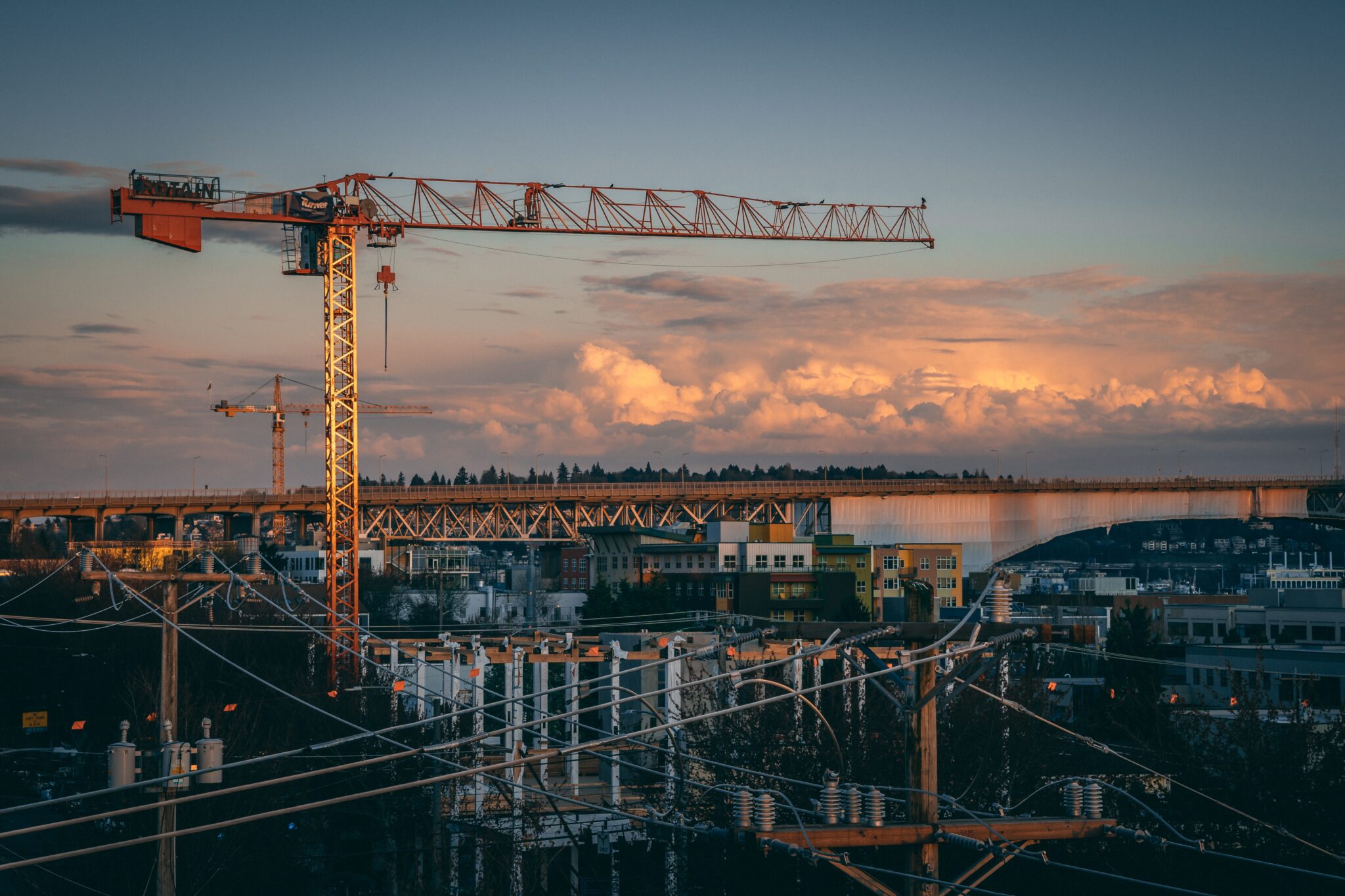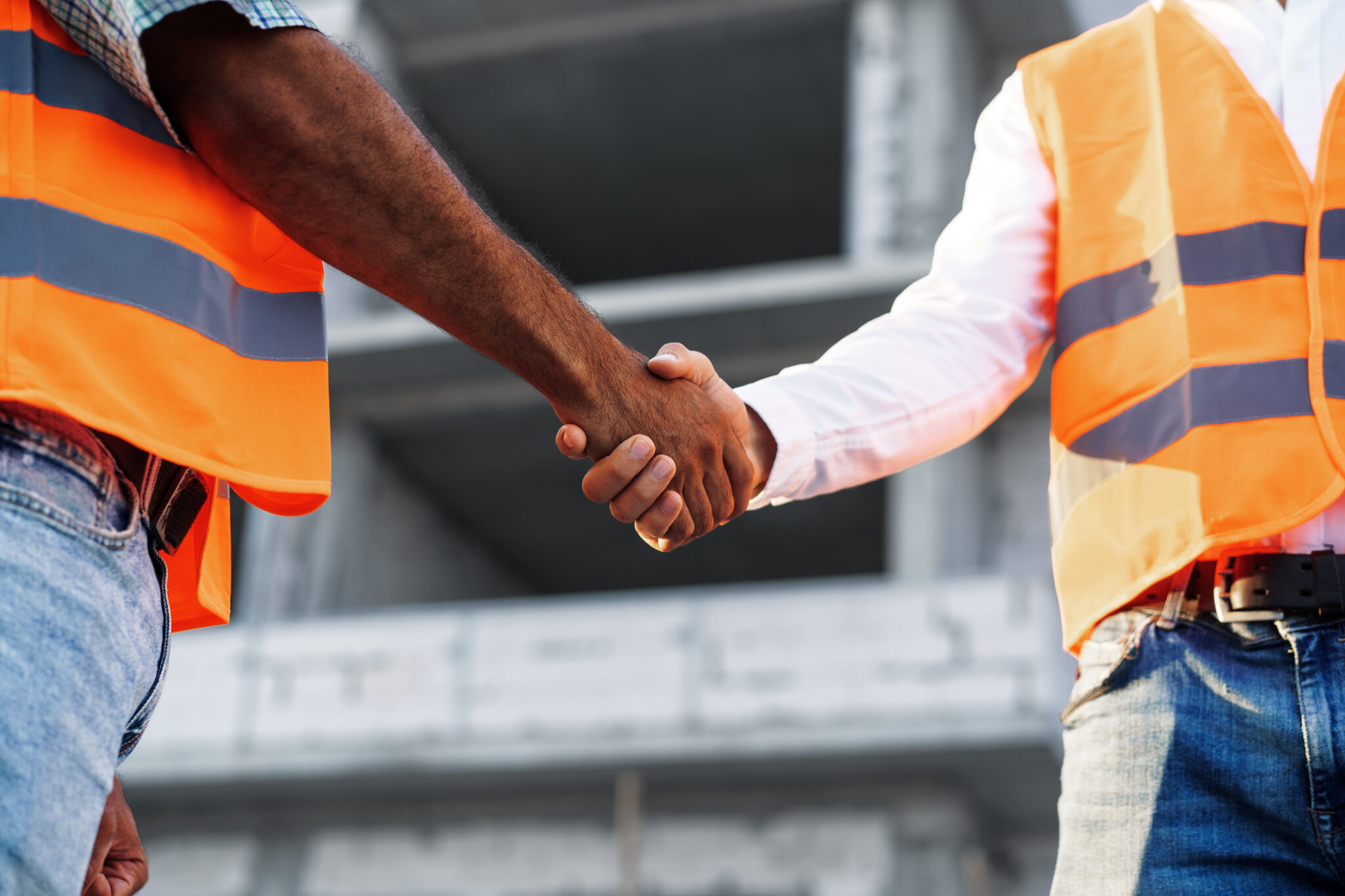Apart from water, concrete is the most widely produced and consumed material on earth, according to a WBCSD report. This material is what paves our roads, spans our bridges and builds our buildings. It is a leading carbon emitter that goes unnoticed even though it surrounds us every day. In India for instance, it is estimated that its current cement output is responsible for 8% of the total global emissions.
Explore 12 Futuristic Technology Trends Solving Concrete's Biggest Challenges.
Concrete is defined as a mixture of aggregates, water and cement which is made up of a hydraulic powder material. Due to its innate durability, thermal resistance and easily-sourced raw materials, there are no likely alternative building materials that will be taking its place on a large scale in the foreseeable future. As such, one important innovative focus has been on increasing the lifespan of this incredibly useful and widely accepted building material – and Hendrik Jonkers, a microbiologist at Delft University, has a plan.
Jonkers’ innovation comprises of embedding self-activating limestone-producing bacteria into the concrete. It is designed to decrease the amount of new concrete that is produced and lower maintenance and repair costs.
This self-healing concrete combines two fields: civil engineering and marine biology.
As stated by Jonkers, “One of my colleagues, a civil engineer with no knowledge of microbiology, read about applying limestone-producing bacteria to monuments [to preserve them].” He continued, “He asked me” ‘Is it possible for buildings?’ Then my task was to find the right bacteria that could not only survive being mixed into concrete, but also actively start a self-healing process”.
How it works
Bacteria (Bacillus psuedofirmus or Sporosarcina pasteurii) are mixed evenly throughout the concrete. This bacteria has the ability to lie dormant for up to 200 years provided there is food available in the form of particles. It is only with the introduction of water in the form of rainwater or atmospheric moisture which seeps into the cracks of the concrete that activates this bacteria and jumpstarts its production of limestone that in turn repairs these cracks. The process mirrors that of the osteoplast cellular process in our body – the process of making bones and repairing fractures.
This invention comes in three forms: a spray can which is applied to existing structures that require repairing of small cracks, a repair mortar for the repair of larger damages and the self-healing concrete itself which is mixed in quantities as required. Though the spray is currently commercially available, the latter two are still in the field test stage.
Limitations
As of yet, Jonkers’ self-healing concrete can only repair cracks up to 0.8 mm wide and as such are not helpful in repairing large cracks or potholes in roads. Further, the current cost to utilize this new concrete at this point is prohibitive for many. That is, a standard-priced cubic meter of regular concrete is approximately $60.00 whereas the self-healing variety hovers around $100.00.
In light of the initial cost analysis at face value, it is important that innovators like Jonkers demonstrate the particular benefits of this product over regular concrete. The construction industry needs to be persuaded to embrace the change and experience with their building projects and try new materials. It is by this means that a track record would then develop to encourage others to follow suit.
Source: The Guardian








